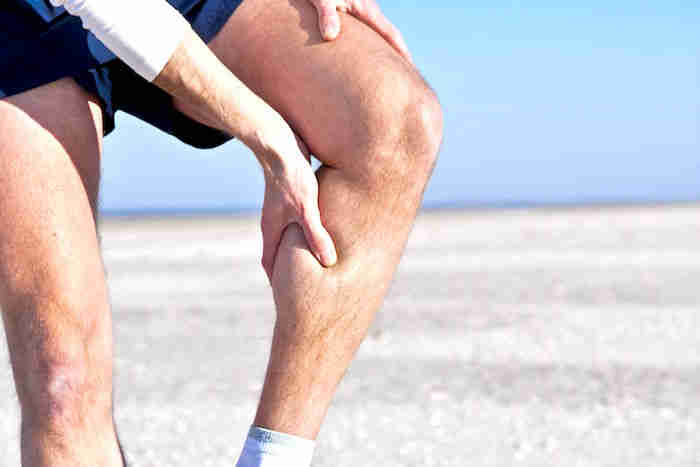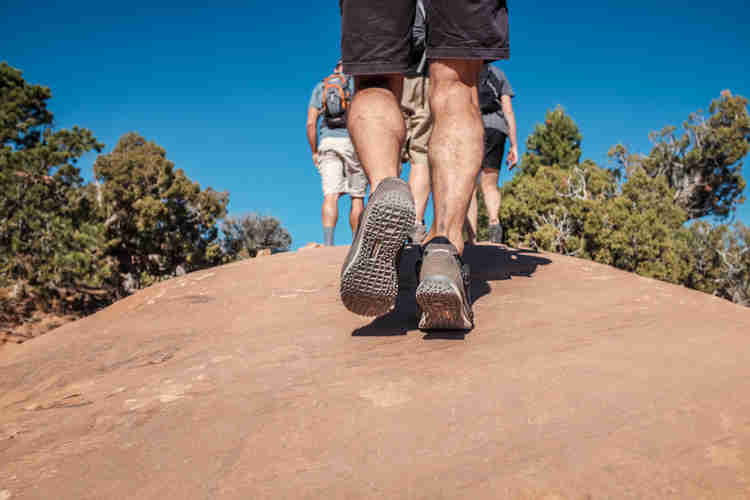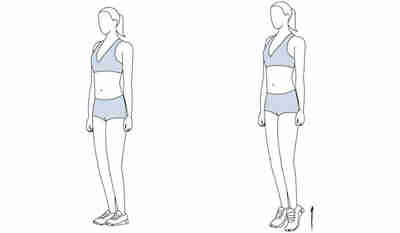Tired and achy, swollen legs, skin discoloration, or leg ulcers – these are possible symptoms of venous disease. Vein problems are present in up to 50% of population. Incompetent venous valves, venous blood clots or venous obstruction and poor muscle pump function are the main causes of venous disease.

Risk factors include:
- Female gender
- Advancing age
- Family history of venous disease
- Prolonged standing
- Obesity
- Smoking
- High estrogen level conditions
- Pregnancy
Presence of venous disease is confirmed by Venous duplex ultrasonography typically in the office based setting.
There are several preventive and initial conservative measures to consider:
Diet changes :
– increasing bioflavonoids in diet by adding more fresh fruits and vegetables such as Red bell peppers, strawberries, citrus fruit, broccoli, brussels sprouts, garlic, spinach and teas
– increasing fiber and decreasing sugars: replace white flour with whole wheat, replace sugary snacks with fruits, use more nuts and whole grains
– drinking more water – start your day with a glass of water
– reducing sodium consumption (salty snacks, canned soups etc)

Exercises:
– Leg elevation above the heart level for 30 minutes 3 to 4 times a day may reduce swelling and improve blood flow in the veins.

Leg elevation several times a day helps reduce swelling and improves blood flow in the veins
– Walking is a good exercise for a calf muscle pump.

Walking improves calf muscle pump function
– Ankle exercises : Use the muscles in the leg such as pointing feet up and down several times and lifting your heels off the floor to stand on the toes, repeat several sets of this exercise daily. This helps strengthen the veins and improve blood flow back to the heart. These are also helpful during long flights to prevent blood clots.

Calf raising exercise helps strengthen the veins and improves blood flow back to the heart
Compression therapy:
Wear low-grade compression socks when standing for prolonged periods of time such as three hours or more. These socks are available in most pharmacies and medical supply stores as well as online and do not require a prescription.

Wear low-grade compression socks when standing for prolonged periods of time such as three hours or more
Advance treatment includes sclerotherapy and thermal ablation using laser or radiofrequency.
To learn more visit: www.advancedheartandvein.com/veins
